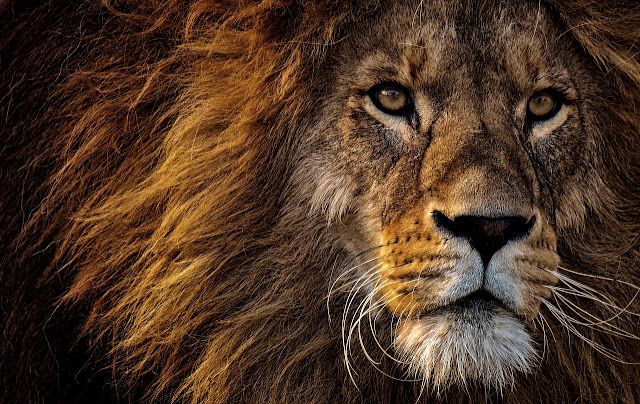Rhino Extinction: A Comprehensive Look at Why Rhinos Are Disappearing
Rhinos are one of the most majestic and awe-inspiring animals in the world. Unfortunately, they’re also one of the most endangered. The rhino population has been decimated because of poaching and illegal wildlife trade. The high demand for their horns, used in traditional Asian medicine, is driving rhino extinction. Rhinos can live up to 35 years, but that’s only if they survive long enough to grow into adulthood. Here are some actions you can help prevent rhino extermination before it’s too late.
The Current Situation
Rhino horn, which is said to have medicinal properties and fetch a high price on the black market, is being hunted for its sale in Asia. The population of rhinos in South Africa has decreased by about 80% in the last 20 years.
Rhino horn, which is said to have medicinal properties and fetch a high price on the black market, is being hunted for its sale in Asia. As a result, the population of rhinos in South Africa has decreased by about 80% in the last 20 years.
Who’s at Risk?
Rhino species range from black and white rhinos (white rhinos are the largest), the Indian and Javan rhinos (close cousins of the black rhinos), and the northern white rhino. Indian and Javan rhinos are listed as compromised.
For the time being, all the remaining northern white rhino are critically endangered. They are the only subspecies of rhino in the world. In the past, poaching and the illegal wildlife trade were limited to a few parks in Africa, but in recent years it has spread into more countries. For example, rhinos are being poached in Vietnam, China, and Burma.
Why are Rhinos Disappearing?
Rhino poaching is rapidly killing rhino populations. More than 8,000 rhinos were poached in South Africa alone from 2007 to 2014, according to the Southern African Foundation for the Conservation of Nature (SANEF). In 2015 alone, 21 rhinos were killed for their horns. Even if poachers don’t kill a rhino, they may still destroy its habitat and resources by destroying wildlife farms or other areas where rhinos might live.
Diseases have also taken a toll on rhino populations. In the U.S., an outbreak of rhino flu, a highly contagious respiratory infection that affects livestock, has killed 13 of South Africa’s 21 rhinos. An African rhino gets sick after eating insects and searching for water. Rhinos are also exposed because of their size.
What Can I Do to Help Protect Rhinos?
Often rhinos are shot in the head by hunters to avoid being killed. They don’t have to hit a rhino in the head to kill it. Rhinos have very thick skin, and when you shoot a rhino, the bullet tends to pass through them and go into the ground, which takes away from the poachers’ profit margins. Instead of aiming for the head, poachers shoot rhinos in the legs and lower backs. It’s also possible for the poachers to use traditional hunting techniques to kill a rhino.
Stop the Demand
Horn ornaments can be made from rhino horns, made of keratin, the equivalent substance that makes up fingernails and hair. According to the World Wildlife Fund, rhino horns have been valued in many Asian and African countries for thousands of years.
However, it’s estimated that above one thousand rhinos have been killed per year over the past 15 years. Some countries like China have completely banned their sale. However, demand is still out there.
The international market for rhino horns now exists. Unfortunately, while countries like China and Vietnam make the ban illegal, that doesn’t stop them from selling it through underground networks.
Protect Habitat
One of the most important things you can do to help the rhino population is to protect their habitats. Africa is residence to most of the world’s rhino population, but they are facing extermination. So it’s important to protect their habitats, as their lives depend on these protected areas.
Another big issue is the loss of rhinos’ natural habitats to urban sprawl and unregulated hunting. If it weren’t for protected rhino habitats, rhino poaching would be at an all-time high. It’s up to people to stop this, requiring you to put up cameras, patrol conservation areas, and hunt for poachers.
Raise Awareness
Rhinos are the largest studied animals in the world. Their differences in appearance and behavior make it hard to tell them apart from other mammals. Understanding how rhinos move and behave allows for better protection for them. In addition, rhinos make large nests to protect their young from predators, making them an easy target for poachers. Don’t forget that you can talk about the rhino crisis every chance you get. Encourage your children to know how to protect these species. Tell your colleagues, coworkers, and family about the dire circumstances facing rhinos today.
The wildlife poaching problem is a global issue. Many countries in Africa make killing rhinos illegal, but that’s not always enough.






Comments